[ad_1]
Posting date: 11 April 2024 at 07:00h.
Last Updated: April 10, 20,24 at 11:23am
Human remains found by Lake Mead’s receding water are the subject of many headlines. This is a good thing. The climate-changed Lake Mead has also revealed other secrets.
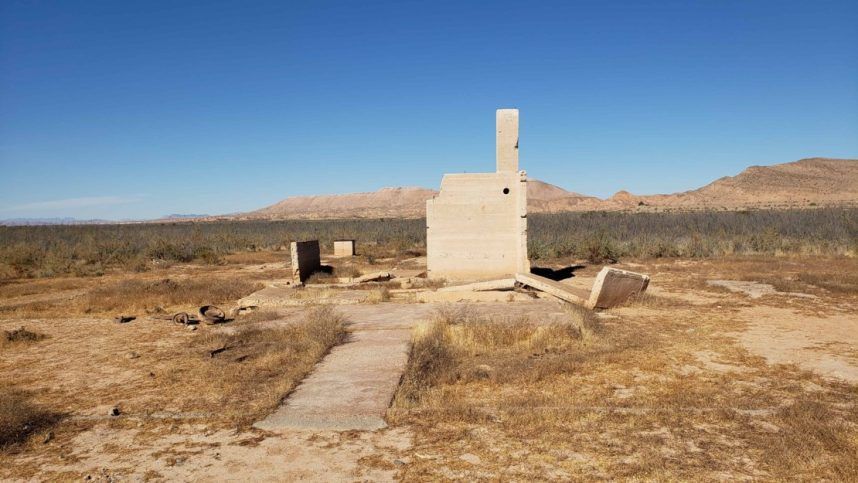
St. Thomas used to be the largest city in Southern Nevada. It was located at the northernmost part of Lake Mead National Recreation Area about 60 miles from Las Vegas. Before the U.S. federal government drowned it to create Lake Mead, St. Thomas had been Southern Nevada’s most populated town.
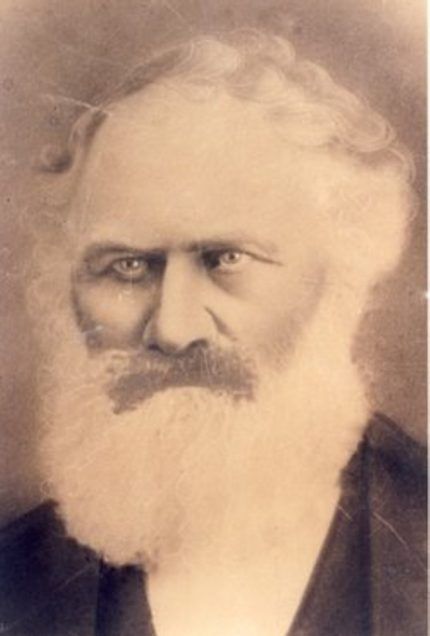
Dead in the water
St. Thomas, Arizona was founded by Mormon missionaries in 1865, who were sent by Brigham Young to establish a settlement on the Muddy River, in Utah Territory.
The settlers chose a spot with fertile farming soil — near the Muddy’s Overton arm, where it converged with the Virgin River to feed the Colorado. A system of irrigation was built to allow them to cultivate their cotton, vegetable gardens and fruit trees. They eventually planned to establish a route for moving the cotton from Utah to Utah, along with Colorado.
Thomas Sasson Smith was the founder of this settlement and he gave it, rather unhygienically, his first name. Smith was born in New York State and moved to Utah in 1848. Four years later, he had been baptized in the Church of Jesus Christ of Latter-day Saints.
Many historians blame missionaries who settled in Nevada Territory rather than Utah Territory. Congress redrawn Utah Territory’s west border in 1866. All Muddy River settlements became part of Nevada.
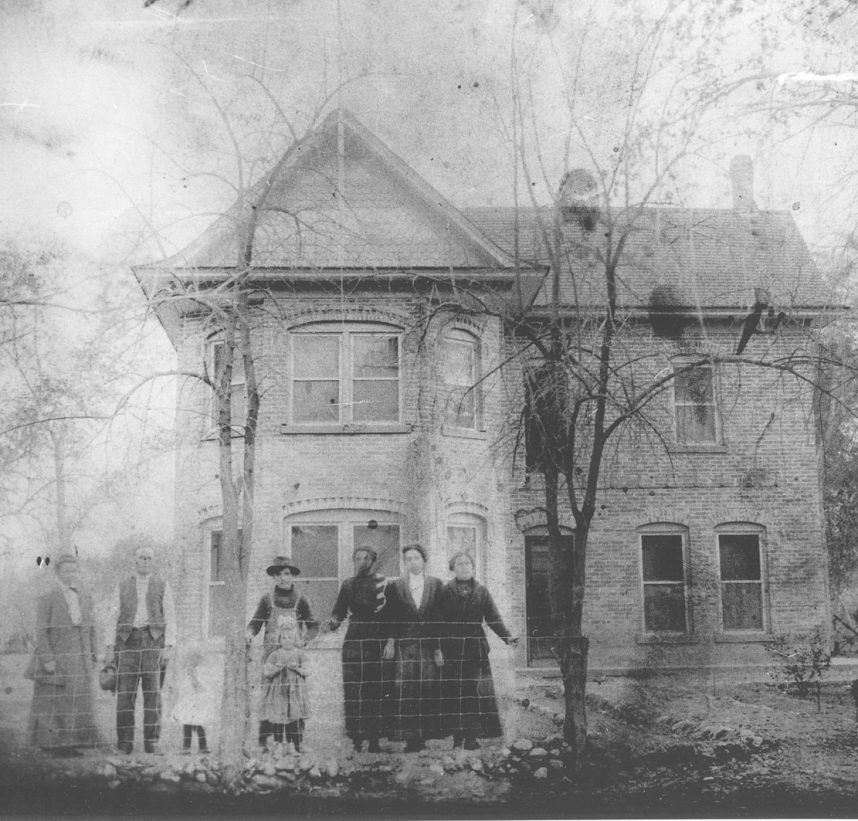
They didn’t know until a 1870 survey of Nevada boundary lines revealed that St. Thomas actually was located in Nevada. Almost instantly, Nevada slapped all of the residents five years worth of state back taxes and penalties.
In February 1871, with Young’s permission, the settlers abandoned their town and — not unlike the Mormons who first settled Las Vegas — high-tailed it back to Utah.
One man and his wife remained. Daniel Bonelli was the owner and operator of a profitable Colorado River ferry that connected mining towns from Nevada to Arizona in Junction City. He also operated and owned the Virgin River Salt Company.
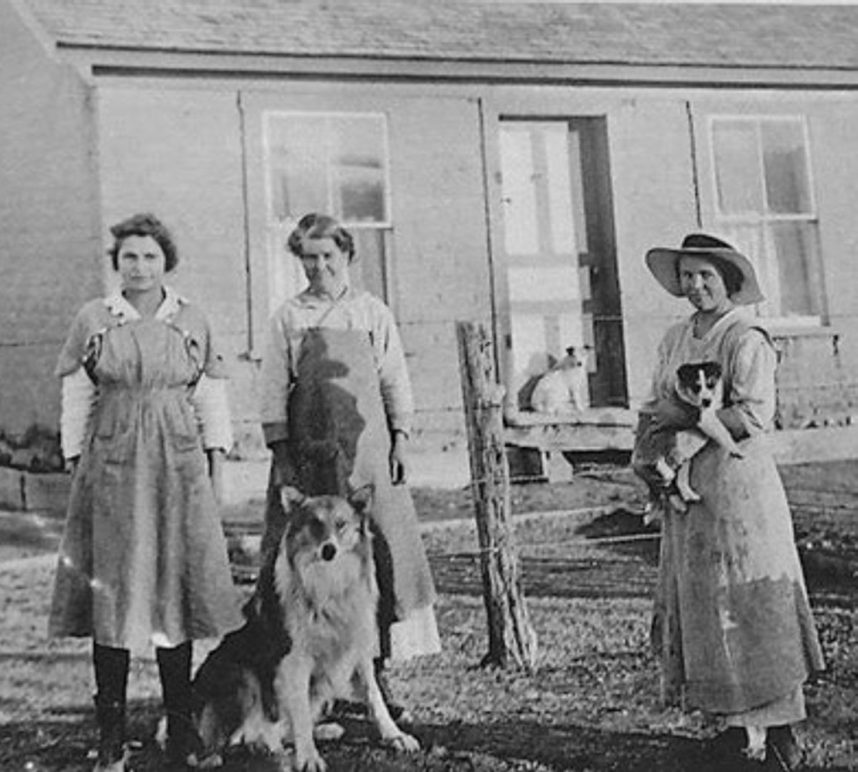
The Newcomers on the Block
The 1880s saw a fresh wave of immigrants arrive, who planted their own crops, and rebuilt St. Thomas to what McClintock referred to in his account of 1921 as “a lovely village.”
According to McClintock’s report, 85 homes were occupied by the residents of this town, with most being on one acre and featuring rosebushes in their yards. The streets of the town were lined by cottonwoods.
St. Thomas, a small city in the south of England, was once home to over 500 residents. St. Thomas had its own post office, school, church, swimming pool, and auto garage. The two-word answer is: Hannig’s ice cream parlor boasted a soda fountain and was surrounded by grocery stores.
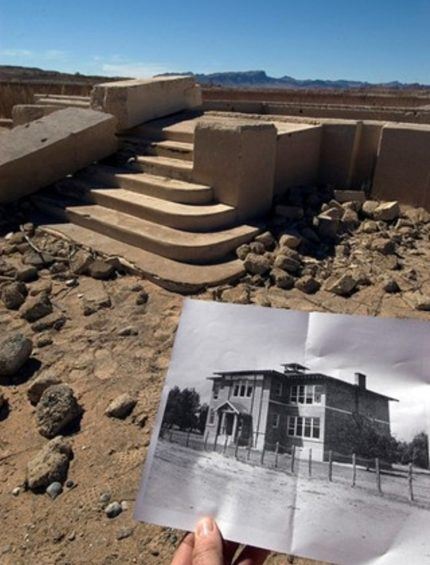
By 1911, St. Thomas was deemed worthy of its own railway spur — from Moapa station on the San Pedro, Los Angeles, and Salt Lake Railroad.
Once that began service, refrigerated railroad cars full of commercial goods — including food and much-welcomed blocks of ice — arrived on the regular, immediately diminishing the need for local subsistence farming.
Residents often exchanged the mined silver, gold and salt for these goods on their return journey.
St. Thomas had a lovely hotel called The Gentry, which was a 14 room lodge. Calvin Coolidge stayed there — While he was President!
St. Thomas vanished in a flash.
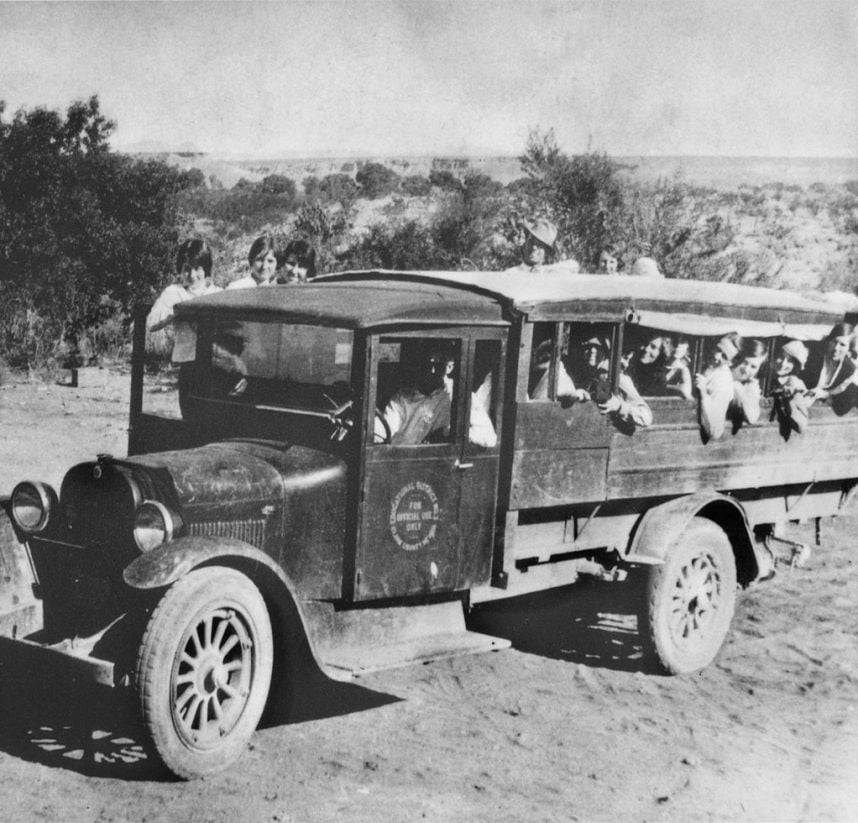
Floods are coming!
The Boulder Canyon Project was signed into law by the President in 1928. This condemned St. Thomas’s fate to a life of water. Coolidge, the then-president of the United States.
Coolidge was not motivated by bad memories about the Gentry, but the necessity of a massive dam in order to control the flooding Colorado. Hoover Dam was built because of the added benefit of hydroelectricity and cheap water for Southwest’s growing population.
And the employment opportunities accompanying the dam’s construction continued the job started by the railroad in 1905 — of slowly transforming sleepy Las Vegas, population 5,000, into one of the Southwest’s biggest cities.
By eminent-domain, the U.S. federal government took over all of St. Thomas and compensated its residents for their relocation in a very minimal way. In 1935, the flooding began. In five years St. Thomas had been submerged by 50 feet of water.
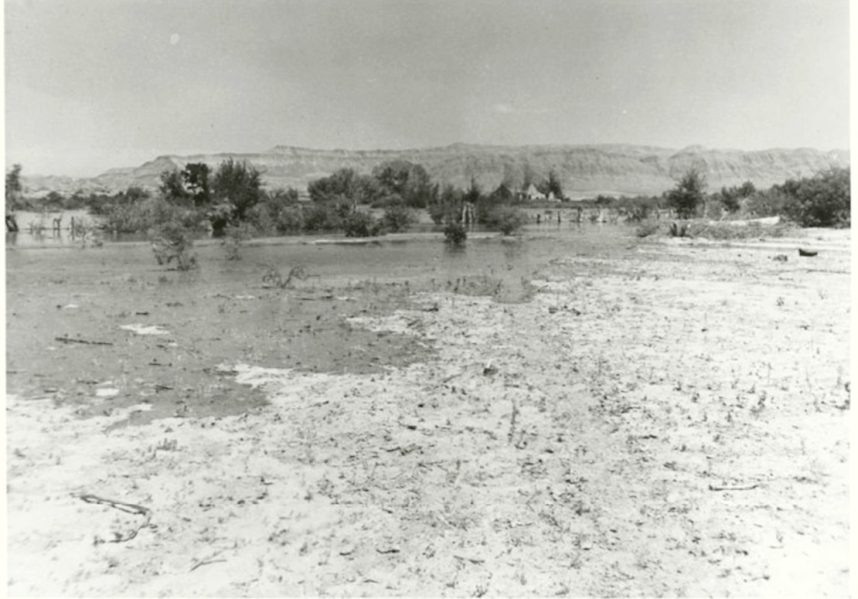
The government did have the decency to include the relocation of St. Thomas’ Cemetery in its plans. Today, it’s in Overton where the Lost City Museum has a full-time archaeologist working to research the history and settlements of St. Thomas.
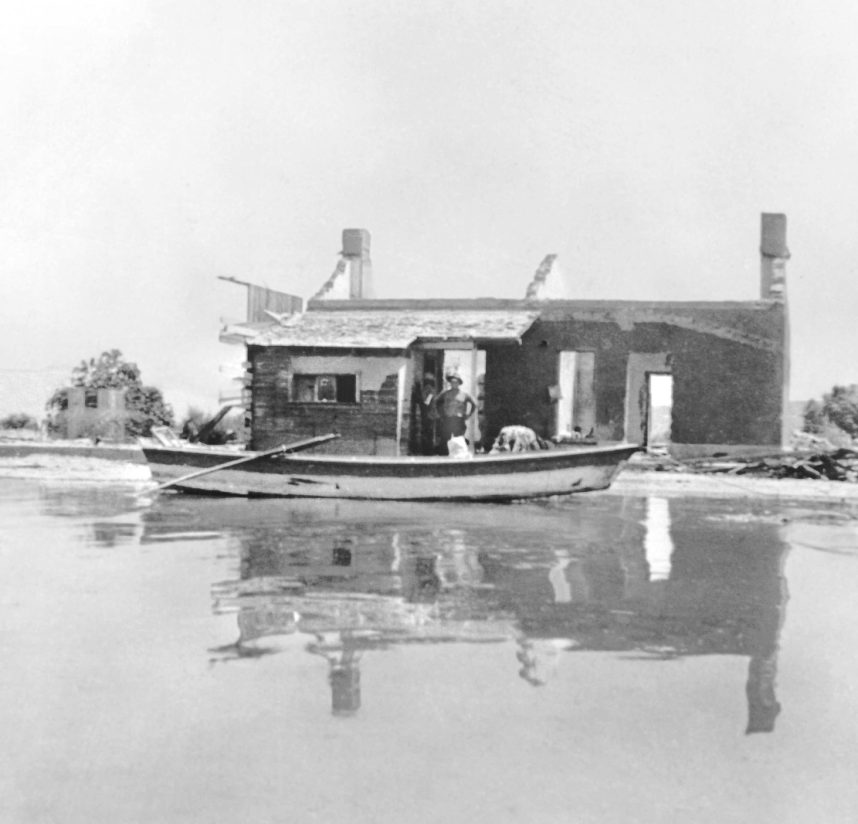
Some St. Thomasites decided to demolish and move their homes to Overton or other nearby towns. Some were more cooperative than others.
Hugh Lord was a garage owner who is credited as being the last St. Thomasite. Lord refused to accept that the new rising lake could ever reach his house. He rowed from his home in a boat with some of his most prized possessions on June 11, 38, after the lake finally reached his property.
The author Aaron McArthur wrote in 2013 that Lord had lit the house on fire, before rowing away. However, most of the original reports do not support this dramatic account.
Find It
St. Thomas has reemerged in several decades of droughts, including 1945, 1965 and 2012. Former residents attended the reunions.
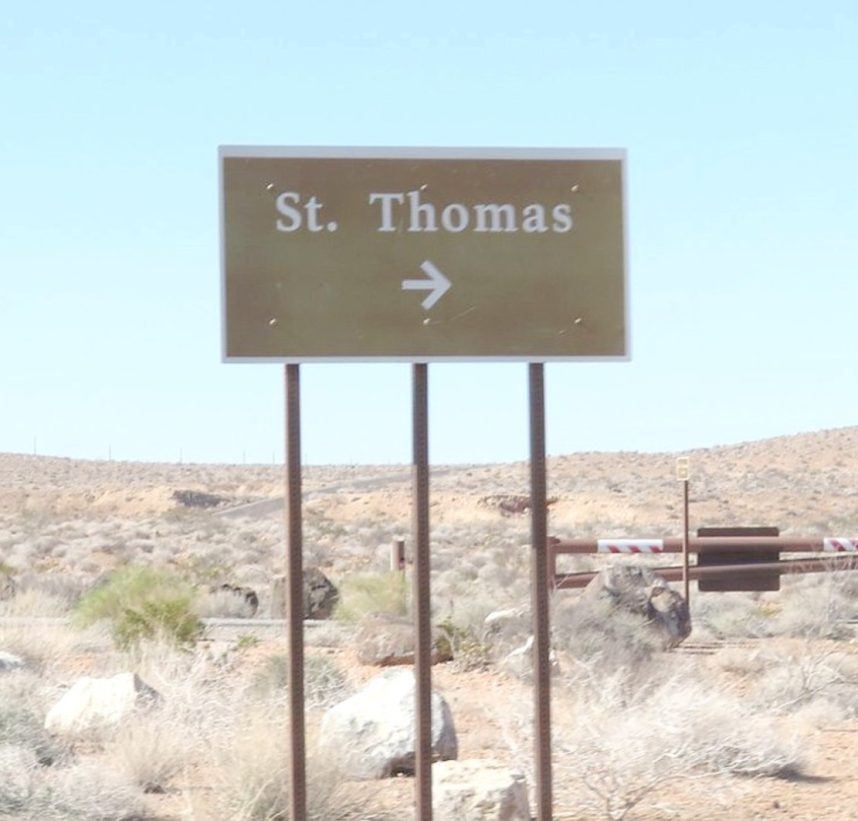
Now that more than 60% of Lake Mead is gone, St. Thomas has returned permanently — though the 80 years its buildings spent underwater have transformed them into scattered piles of foundations and nowhere-leading staircases.
Tourists are flooding the city these days, not water. The walkers take a 2.5 mile loop through the remains.
It is best to use a four-wheel-drive vehicle equipped with high clearance in order to reach the ruins at St. Thomas. They are protected as an historic site by the National Park Service.
The bumpy dirt access road that leads off Highway 169 ends in a parking area. Follow the signs from there.
Lost Vegas is a recurring television show. Casino.org A series of films that recollections the forgotten history of Las Vegas. Click Here You can read the other articles in this series. Do you have a great Vegas tale that has been lost in history? Email corey@casino.org.
[ad_2]

